An article will take you to know about Nanyang coffee ~
Everyone must be no stranger to the Italian family, the ancestor of coffee, but did you know that the Chinese also have their own coffee system? In Southeast Asia, there is a kind of coffee called "Nanyang Coffee". It is a coffee system created and evolved by an army of Chinese who went south to do business to make a living.
"Nanyang Coffee" literally refers to coffee drinks from Malaysia, Singapore, Indonesia and Thailand. Because the method from roasting to making is very different from the fine coffee (/ freshly ground coffee) that we are familiar with now, "Nanyang Coffee" can also be used to refer to the coffee making method originated in Singapore and Malaysia, and has also been brought back to Hainan, Hong Kong and Macao.
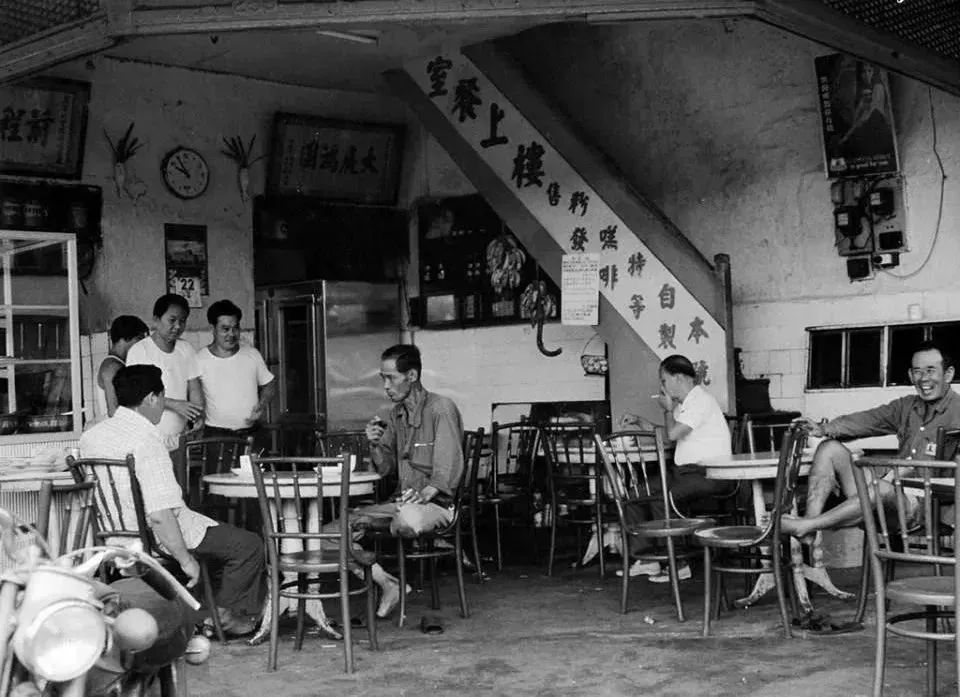
Robusta beans cooked in a big frying pan?
Some coffee lovers may know that robusta is the main type of coffee beans grown in Asia, so coffee tends to be bitter and astringent in flavor. For the southward Chinese, in order to reduce the negative flavor of the beans themselves, the beans used in Nanyang coffee are roasted with Chinese cooking techniques, that is, they are stir-fried in a large frying pan until charred black (that is, deep roasting). And add seasoning in the process of frying.
They will stir-fry the coffee beans until medium cooked, and then add seasonings such as butter, sugar and salt to make the coffee beans sticky and scorched. Due to the addition of sugar and oil, it is necessary to grind it into particles immediately after it comes out of the oven, otherwise it will be more difficult to deal with when it cools down. (how can fried "vegetables" be seasoned without seasoning?

. )
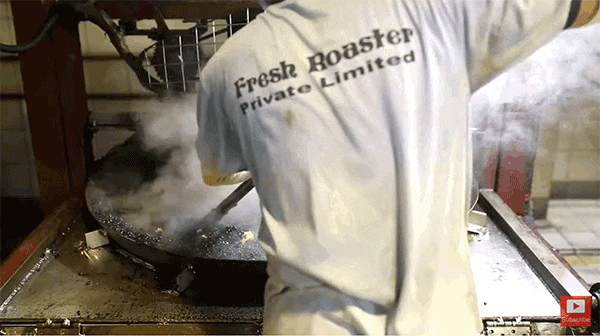
In this way, the roasted Luodou is very bitter (although it is fried with sugar, but the actual coffee is not sweet). At the same time, in order to make the coffee mellow to the extreme, the coffee powder will be poured into the flannel and poured directly into boiling water to filter out (the production method is very similar to Hot Tea, HK Style). Therefore, the coffee will also be made very strong, and if you drink a cup directly, it will not only have the refreshing effect of caffeine, but also will be "enlightening" because of its extreme pure bitterness.

.
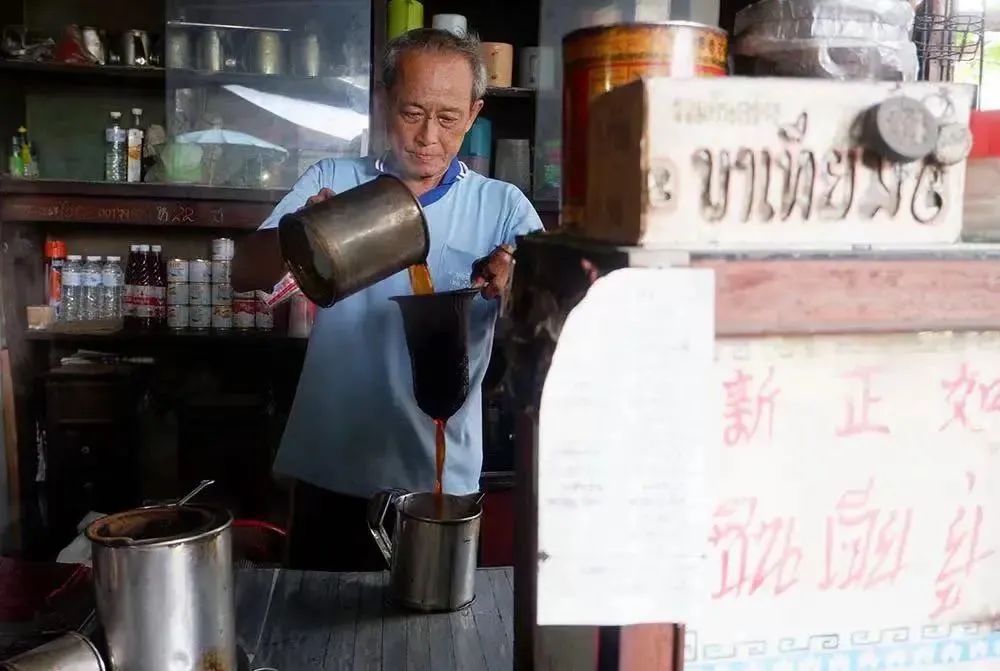
A wide variety of Nanyang coffee system
Not everyone can be bored with such rich and bitter black coffee, so the Chinese have also played a "systematic" trick on the way this cup of black coffee is drunk. Up to now, Singapore, the representative country of Nanyang Coffee, has even given birth to a set of unique coffee "terms" among the local people, which can accurately describe various "variants" of coffee.
Although Singaporeans will call coffee Kopi, if you order Kopi directly in a cafe, you will get a coffee drink mixed with condensed milk and sugar. So, to get the coffee drink you want at the exact location of a coffee shop in Singapore, you need to know the following more common names for coffee:
Name
Drinks
Kopi
Black coffee + water + sugar + condensed milk
Kopi C
Black coffee + water + sugar + light milk
Kopi C Kosong
Black coffee + water + light milk
Kopi O
Black coffee + water + sugar
Kopi O Kosong
Black coffee + water
Kopi Gao
A little more black coffee on the basis of Kopi
Kopi Poh
There is less black coffee on the basis of Kopi
Kopi tarik
Blackened coffee + condensed milk
Kopi Peng
Black coffee + ice + condensed milk
Kopi gu you (Butter Coffee)
Black coffee + water + condensed milk + butter
Yuan Yang (mandarin duck)
Black coffee + tea
These coffee names all come from the pronunciation of the Minnan language family. To put it simply, "O" means no milk and sugar; "C" means light milk and sugar; "Kosong" means no sugar; "Siew Dai" means less sugar; all Kopi species names are hot by default, and if you need ice, add "Ice" to the name or "Peng" after the name.
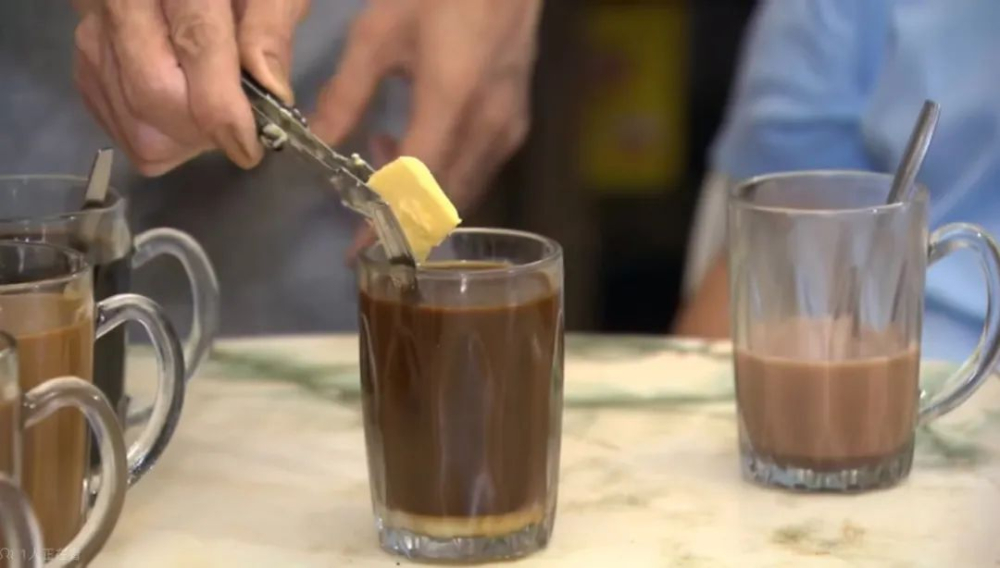
Under the premise of coffee cultural identity, Nanyang Cafe expanded strongly. Nanyang Coffee, which is closer to the Chinese taste, quickly became the glue for Singaporean immigrants, and with the prosperity of Singapore's port, it spread to Southeast Asian countries.
After spreading to Thailand, local Chinese will add spices and grains to stir-fry coffee. This kind of coffee cup is called oliang;. When people come to Hong Kong, people will add spirits to stir-fry coffee beans to remove the astringency and flavor of coffee beans (no sugar and oil will be added after adding spirits). And no matter what kind of Nanyang coffee is passed on from generation to generation.

Although the popularity of boutique coffee is accelerating nowadays, in the hearts of many generations of Chinese growing up in Southeast Asia, the traditional Kopi Tlam (coffee shop) and rich Kopi still have a place. It is not only an important part of local life, but also an emotional bond of the local Chinese community. A cup of Kopi can make everyone start a new day full of spirit, and also make people feel that it is not easy for generation after generation of Chinese.
If you have a chance, you should also try Southeast Asia and feel the charm of Nanyang coffee.
-END-
Front Street Cafe
No. 10 Baoqian street, Yuexiu district, Guangzhou, Guangdong province
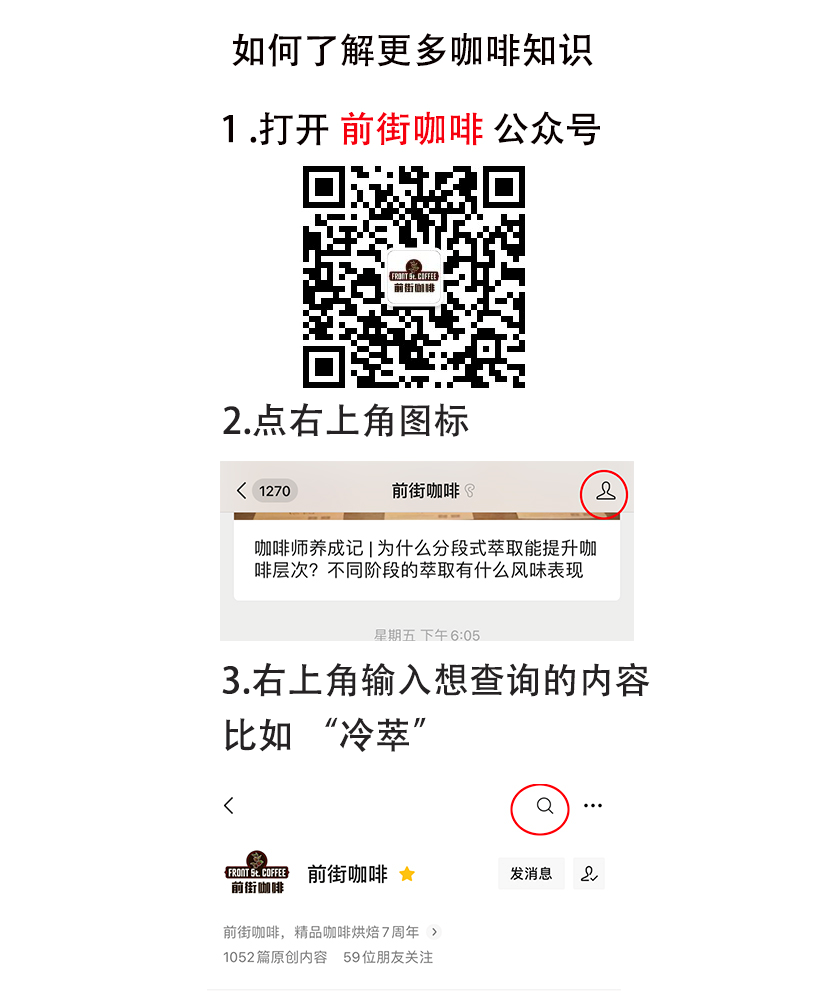
Important Notice :
前街咖啡 FrontStreet Coffee has moved to new addredd:
FrontStreet Coffee Address: 315,Donghua East Road,GuangZhou
Tel:020 38364473
- Prev

What is Roman espresso? How do you like lemon with espresso?
Espresso is a magical thing. Water is American coffee, milk is latte, and ice cream is Avjiadu. When concentrated and added with lemon, it becomes Roman espresso "EspressoRomano". Have you not heard of it? Lemon, a kind of lemon, is used by us for daily use.
- Next

How can I flush out the coffee grease? How to use flannel to make good coffee?
Coffee oil is essentially an insoluble substance in coffee beans wrapped in carbon dioxide, which can enhance the experience of coffee, such as making the taste richer, mellow, and prolonging the duration of the aftertaste. In individual coffee, fat is also very common, but the difference is more or less. If you have a friend, ask.
Related
- Beginners will see the "Coffee pull flower" guide!
- What is the difference between ice blog purified milk and ordinary milk coffee?
- Why is the Philippines the largest producer of crops in Liberia?
- For coffee extraction, should the fine powder be retained?
- How does extracted espresso fill pressed powder? How much strength does it take to press the powder?
- How to make jasmine cold extract coffee? Is the jasmine + latte good?
- Will this little toy really make the coffee taste better? How does Lily Drip affect coffee extraction?
- Will the action of slapping the filter cup also affect coffee extraction?
- What's the difference between powder-to-water ratio and powder-to-liquid ratio?
- What is the Ethiopian local species? What does it have to do with Heirloom native species?

